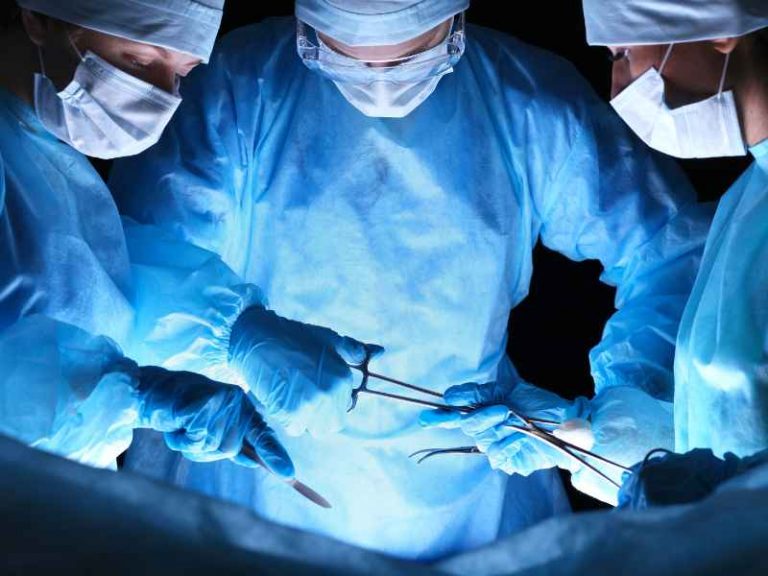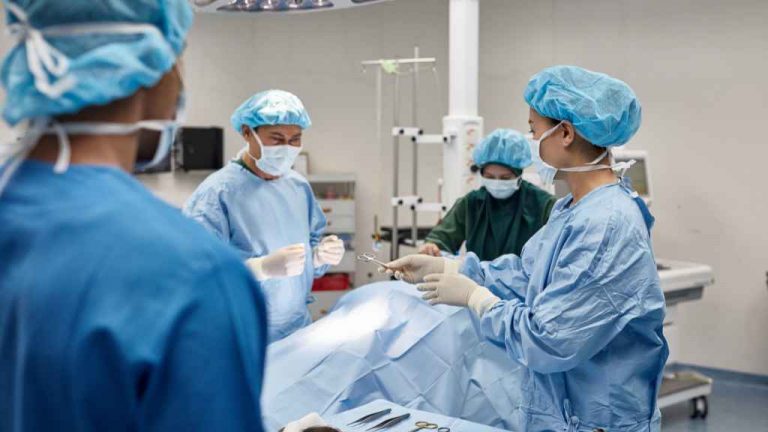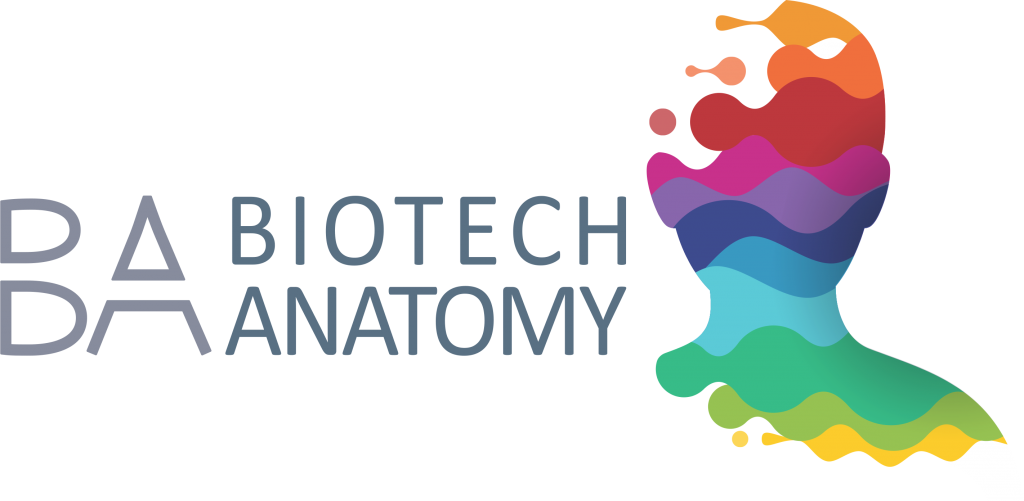Exploring Cadaver Labs: Essential Training for Med Students
Ever wondered what it’s like inside a cadaver lab? Picture a space where the complexities of the human body are unraveled, a hands-on classroom that’s crucial for budding healthcare professionals. At its core, a cadaver lab is an educational goldmine, offering an unparalleled deep dive into human anatomy.
With frozen cadavers as the main teaching tool, these labs provide an essential experience that textbooks simply can’t match. At institutions like Nebraska Methodist College, students gain invaluable insights that shape their understanding and skills in medical fields. Whether it’s for surgical advancement or anatomy education, cadaver labs are the unsung heroes behind the scenes of medical expertise.

What is a Cadaver Lab?
Cadaver labs are often considered integral components of medical education, acting as bridges between theoretical knowledge and clinical skills. They provide a unique opportunity to explore the intricacies of human anatomy in a way that no other learning tool can offer. When you’re in a cadaver lab, you’re engaging with frozen cadavers, which serve as critical teaching aids for hands-on training, surgical progression, and extensive anatomical understanding.
At institutions like Grand Canyon University, cadaver labs are furnished with a precise number of cadavers, usually ranging from fifteen to twenty, ensuring that resources are ample for learners to delve deep into their studies. With stiff competition for practical experience in the medical field, being able to participate in a class with a favorable student-to-cadaver ratio, such as the maximum of twenty-four students per class, becomes a valuable educational asset.
Here’s a snapshot of how cadaver labs are typically organized across various universities:
Lab Location | Number of Cadavers | Benefit |
Anatomy Labs | 2-3 in each lab | Customized learning experiences |
Explore More Lab | 2 bodies | Preparation for lab exams |
HAWS Lab | 1 body | Opportunities for prospective students |
400;”>Furthermore, specific labs like the HAWS lab not only facilitate education for enrolled students but also serve as an observation and learning point for high-schoolers considering careers in health sciences. Dissection labs, where the majority of the other cadavers are found, are in continuous use for academic dissection and research purposes. These labs nurture an environment where learning is dynamic, interactive and incredibly hands-on.
Universities like Nebraska Methodist College (NMC) use their cadaver lab as part of their Human Anatomy and Physiology courses. The potential here isn’t just for rote learning but for an understanding that transcends the traditional classroom setting. For a nursing student, it’s about connecting textbook diagrams to real-life structures and for PA students, it’s a chance to apply theory to something tangible.
The Importance of Cadaver Labs in Medical Education
Exploring the intricacies of the human body in a cadaver lab is an irreplaceable aspect of medical education. Cadaver labs allow you to physically engage with the body in a way that deepens your understanding, making the theoretical knowledge you’ve been stockpiling that much more tangible.
Imagine the human body as the most complex jigsaw puzzle you’ll ever encounter. Cadaver labs provide the only setting in which you can truly appreciate the spatial organization within this extraordinary puzzle. As you observe and handle the human organs, you will begin to understand their size and feel their texture, giving you an edge when it comes to physical exam skills.
Through hands-on learning, the cadaver lab experience reinforces knowledge retention. Studies have shown that medical students report better information recall from cadaver lab sessions than from other anatomy learning methods. The use of real preserved bodies aids in cementing anatomical details in your mind, which is essential for your future medical career.
Moreover, engaging with cadavers elevates your confidence.
You’ll learn how to maneuver medical devices and educate patients with a newfound confidence borne from an intimate knowledge of the human body’s inner workings. These experiences are crucial when transitioning from the classroom to real-world clinical settings.
While some schools may be embracing virtual simulations as a more accessible alternative, it’s important to note that these cannot entirely replicate the experience of a cadaver lab.
Simulations can show easier-to-see structures, but they fall short when it comes to representing the true variation and complexity found within human bodies. Cadavers reflect real-life scenarios, including how diseases or surgeries might alter anatomy, which is fundamental for comprehensive medical training.
It’s clear that the role of cadaver labs in helping you transition from theory to practice is unmatched. By supplementing your studies with this hands-on approach, you’ll not only enhance your cognitive grasp of anatomy but will also gain crucial practical experience that will be invaluable throughout your medical journey.
Remember, your time in a cadaver lab is more than just an educational requirement; it’s the backbone of your medical expertise. It’s a unique educational opportunity that shapes the very way you’ll approach patient care in the future.
Anatomy Education in Cadaver Labs
In the medical field, your grasp of anatomy can make a world of difference when it’s time to apply your knowledge in real-world scenarios. Cadaver labs are crucial in providing you with the hands-on experience that solidifies this learning.
Diving into human anatomy is akin to exploring an intricate map of life’s building blocks. Cadaver labs offer you a three-dimensional perspective that no textbook could match. These environments are designed to foster an active learning culture, where engagement with actual human tissue goes hand-in-hand with theoretical lessons. As you delve into the complexities of human anatomy in a cadaver lab, you begin to understand the nuances of each system and organ, and how they interconnect to form the fabric of human life.
These labs aren’t just about learning; they’re about engaging your senses and cementing knowledge in a way that traditional classroom learning simply cannot compete with. Nebraska Methodist College demonstrates this with their comprehensive cadaver laboratory experience, an integral part of their Human Anatomy and Physiology courses. Here, you don’t just learn about the muscular system – you see, touch, and examine the real thing.
- Benefits of Cadaver Labs in Anatomy Education:
- Transforms theoretical knowledge into tangible skills.
- Encourages the development of spatial awareness crucial for surgical procedures.
- Enhances memory retention through multi-sensory learning.
When you transition from the diagram in your textbook to the real human form on a dissection table, the impact on your learning is significant. You’re able to visualize the layers of the human body, make connections between classroom theory and living tissue, and develop a profound appreciation for the intricacy of the human form.
Your experience in cadaver labs not only deepens your understanding of human anatomy but also prepares you for future roles where such precision and knowledge are non-negotiable. Whether for diagnosis, treatment, or surgical intervention, the confidence and competence gained from cadaver lab training are invaluable assets in your journey as a healthcare professional.
Remember, while virtual simulations and models have their place, they cannot fully convey the variability and realism of actual human bodies. It’s hands-on exploration that hones your skills and readies you for the unpredictability and diversity of human anatomy you’ll encounter in your career.
The Role of Cadaver Labs in Surgical Advancement
Cadaver labs play a pivotal role in not only educating future medical professionals but also in advancing the field of surgery itself. Cutting-edge technologies and innovative surgical techniques are often tested and refined in these labs before they’re implemented in live surgeries. This crucial step in the development process ensures patient safety and surgeon proficiency.
Consider the efforts at UC San Diego’s Center for the Future of Surgery (CFS), where cadaver labs enable surgeons to perfect their craft. The center’s leading-edge environment, including their 22 general surgery stations and hybrid OR, positions it as a hub for surgical innovation in Southern California. These high-tech facilities allow the translation of theoretical knowledge into real-world applications, bridging the gap between learning and doing. Cadaver labs provide an invaluable space where critical skills around minutely detailed structures can be honed to precision.
These labs also serve as a testing ground for new medical devices, ensuring they meet the stringent demands of modern surgery. For instance, a 4K exoscope was trialed at CFS in a cadaver head dissection to evaluate its visibility and ergonomics. This kind of hands-on testing is imperative to ascertain the feasibility of such technologies in actual procedures.
Another core function of cadaver labs is the practice element they offer to surgical residents. Before stepping into an operating room, residents have the chance to perform procedures in an environment that mimics live surgeries, without the same level of risk. This practice is more than just a rehearsal; it’s an opportunity to build confidence, improve technique, and ultimately, ensure better patient outcomes.
Below is a table illustrating the key facilities at UC San Diego’s Center for the Future of Surgery:
| Facility Type | Number/Description |
|---|---|
| General Surgery Stations | 22 Stations |
| Hybrid OR | FOR Interventional Navigation |
| Microsurgery Suite | 15 Stations |
| Innovative Technologies Tested | 4K Exoscopes, robotic systems, and other surgical instruments |
Cadaver labs, therefore, are instrumental in the transitional phase of surgical education and innovation. By allowing residents and seasoned surgeons to practice and perfect procedures, as well as test new technologies in a controlled, risk-free environment, they not only improve skillsets but also contribute to the overall progression of surgical methodologies.
Conclusion
Cadaver labs stand as an irreplaceable facet of medical training, bridging the gap between theory and practice. You’ve seen how they’re pivotal in honing the skills that will define your proficiency in the medical field. They’re not just about learning anatomy; they’re about experiencing the intricacies of the human body in a way that books and simulations can’t match. As you embark on a journey in healthcare, remember the value of these hands-on experiences. They’re your stepping stones to becoming a competent, confident medical professional ready to face the dynamic challenges of patient care.





